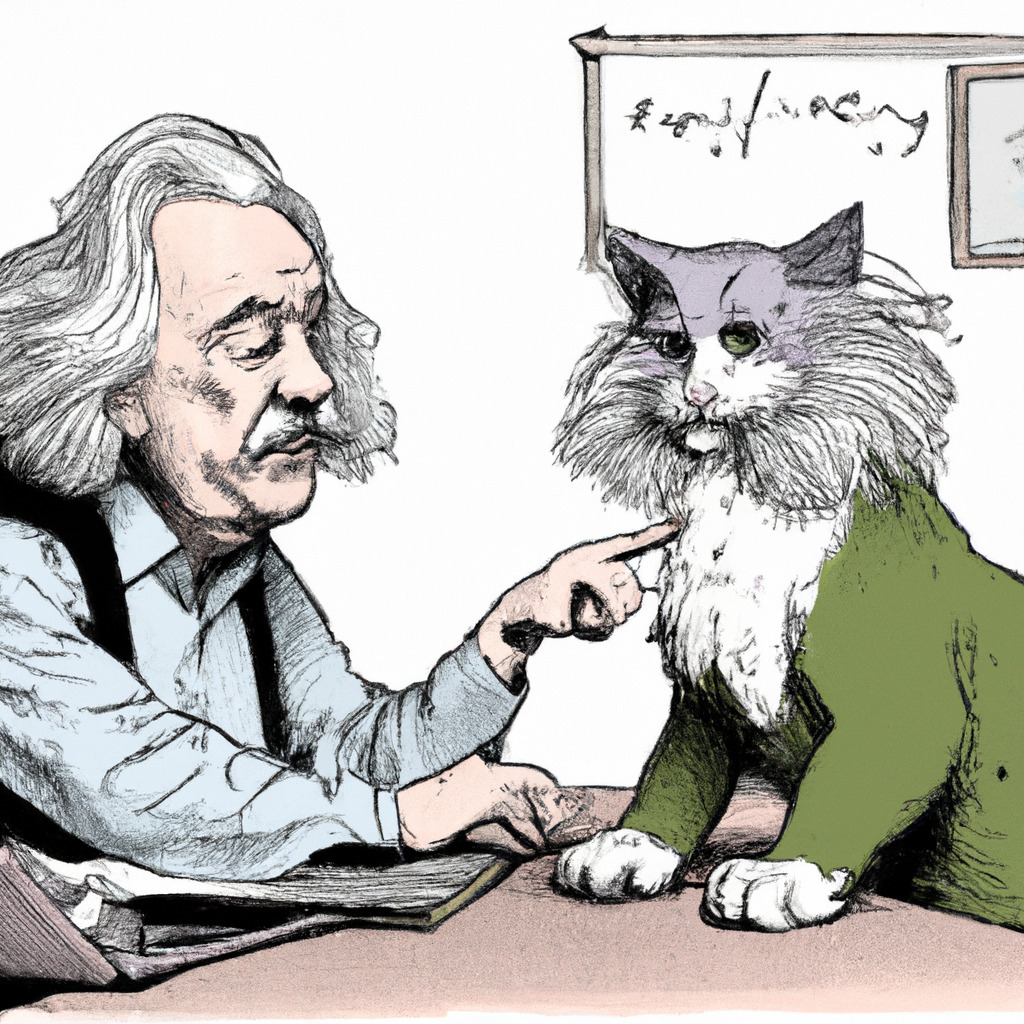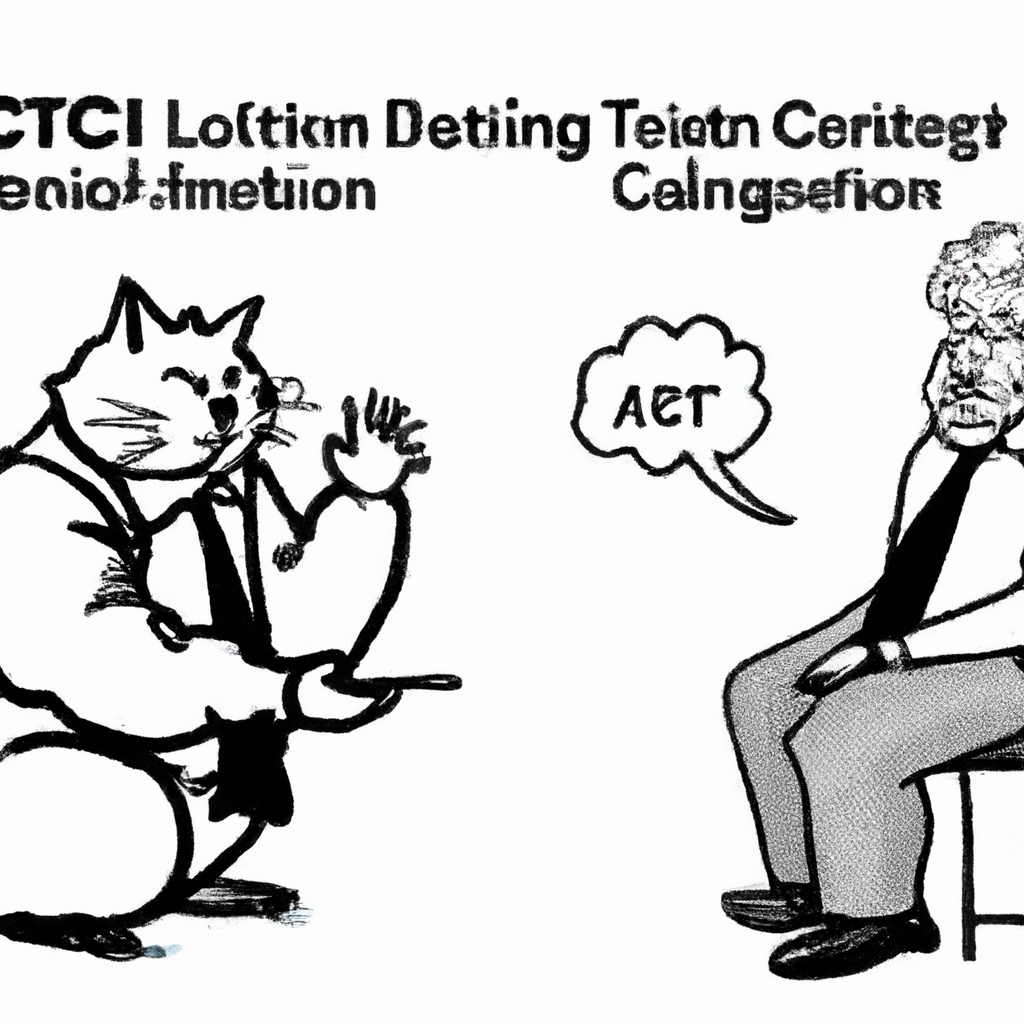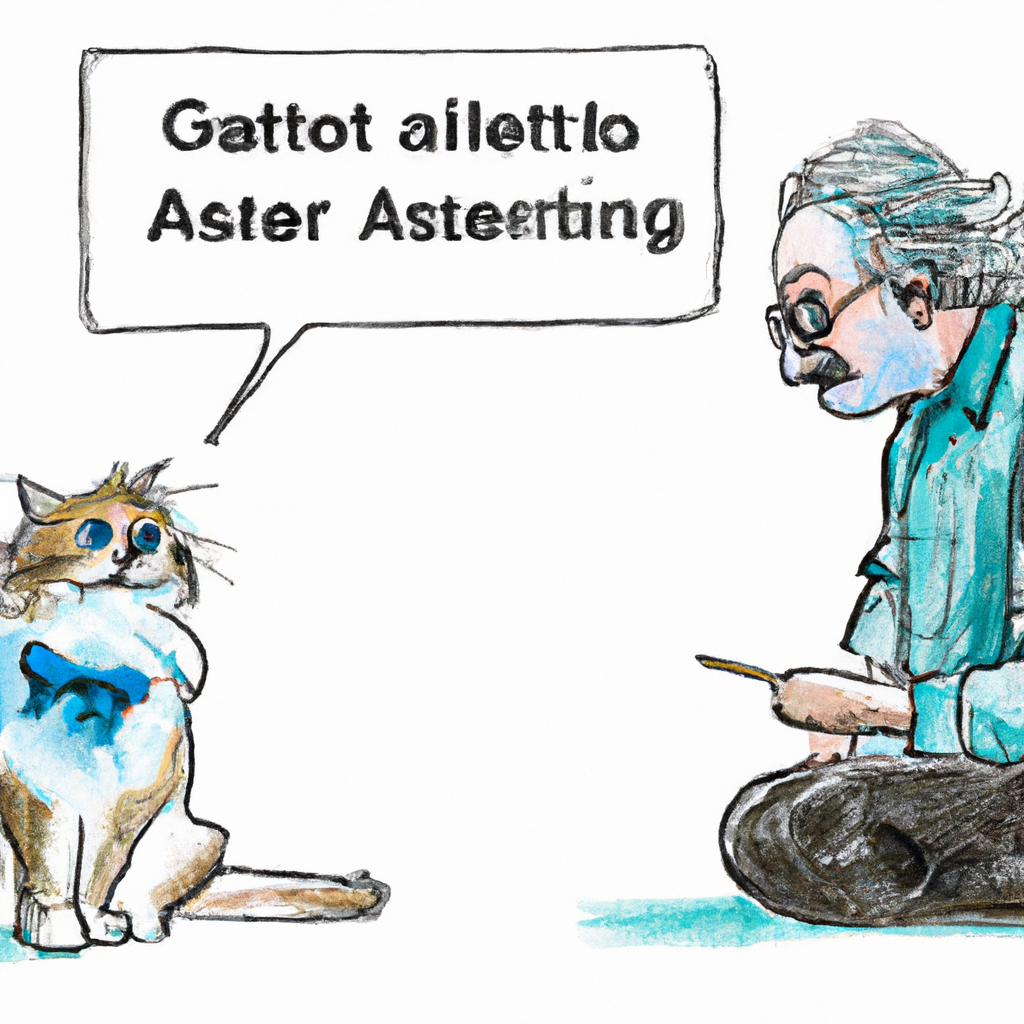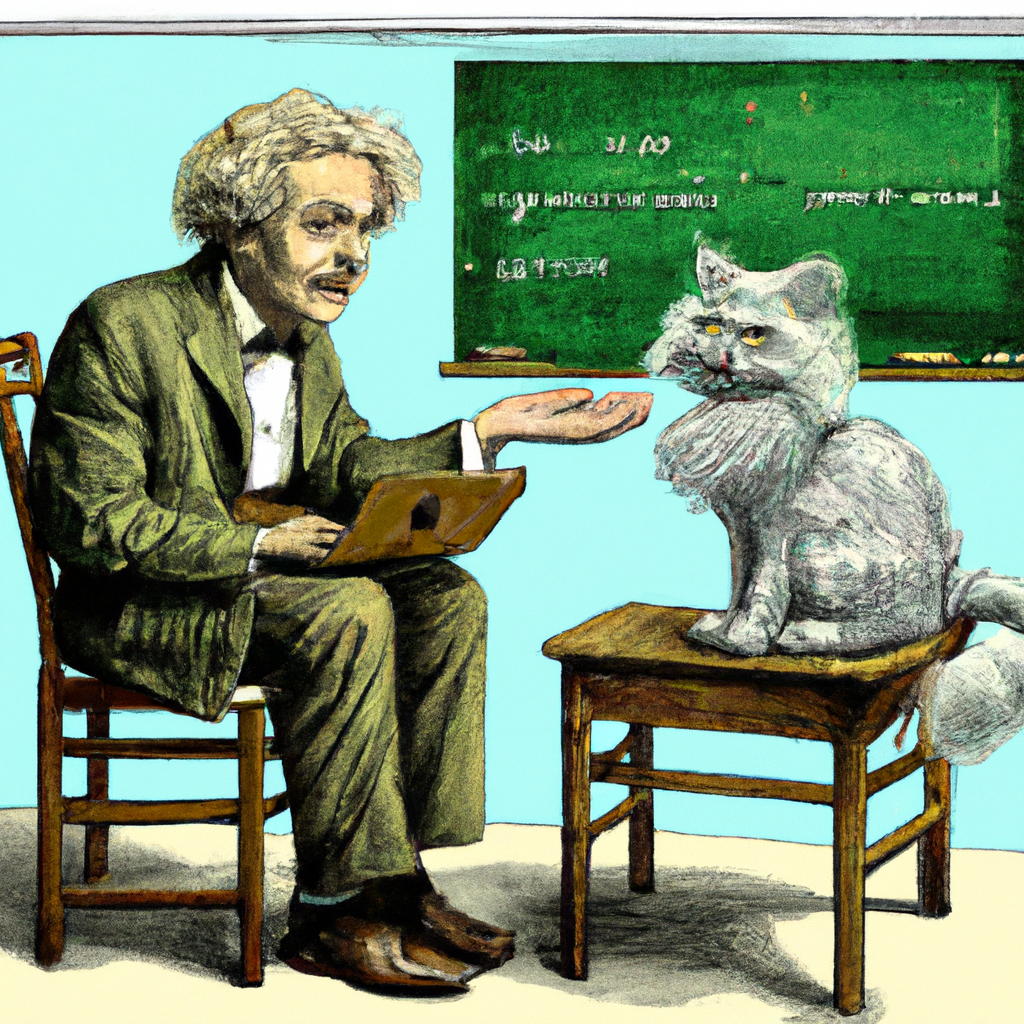
Title: A Beginner’s Guide to AI: Definitions, Uses and How-to Examples
Artificial Intelligence (AI) has rapidly evolved from being a futuristic concept into an integral part of everyday life. From smart home devices like Amazon’s Alexa to recommendation algorithms used by Netflix or Spotify, AI is everywhere. Therefore, understanding the basics of artificial intelligence can be beneficial for anyone in today’s tech-driven world.
Defining Artificial Intelligence:
The term “artificial intelligence” refers to any system that mimics human cognition. These systems are designed not only to execute tasks but also learn and improve over time with minimal human intervention. They accomplish this through machine learning (ML), a subset of AI where computer algorithms analyze data patterns and make decisions based on their findings.
Types Of Artificial Intelligence:
There are two broad types of artificial intelligence – narrow AI and general-purpose AI.
1.Narrow or Weak AI: This type specializes in performing single tasks such as voice recognition or recommendations on music streaming platforms. It operates under limited predefined contexts.
2.General-Purpose or Strong AI: This type has broader functionality with the capability for cognitive processing similar to humans – it understands, learns, adapts and implements knowledge across different fields.
Applications Of Artificial Intelligence:
AI finds its application in numerous sectors including healthcare diagnostics; financial services for fraud detection; e-commerce for personalized shopping experiences; autonomous vehicles like self-driving cars; entertainment industry through games & movies among others.
How-To Examples For Beginners Using Artificial Intelligent Tools:
A great way beginners can dive into using artificial intelligence tools is by experimenting with pre-existing software applications available online which require little-to-no coding know-how.
1.Chatbots:
Chatbots have become popular customer service solutions due largely because they’re powered by natural language processing (NLP), another subfield within artificial intelligence.
Tools like Chatfuel allow users without programming skills create chatbots easily on Facebook Messenger platform providing automated responses patterned after common user inquiries.
2.Image Recognition:
An introductory way to understand image recognition could be through Google Cloud’s Vision API. This tool allows users upload images and then uses AI to identify objects, faces, or even the mood of the photo.
3.AI-Powered Writing Assistants:
AI writing assistants like Grammarly use machine learning algorithms to analyze text for grammar mistakes, stylistic issues and even plagiarism. It’s a great example of how AI can assist in everyday tasks.
4.Voice Assistants:
Voice assistants such as Amazon Alexa or Google Home demonstrate another practical application of artificial intelligence that beginners can explore. These devices utilize NLP technology for voice recognition and execute commands based on user interactions.
Learning Resources For Beginners:
There are numerous online courses available that provide beginner-level introductions to artificial intelligence including Coursera’s “AI For Everyone”, edX’s “Artificial Intelligence (AI)” among others which cover basics concepts along with hands-on projects utilizing different aspects of AI.
In conclusion, the world is only scratching surface when it comes to potential applications for artificial intelligence – its influence is set grow exponentially in coming years making it crucial everyone have basic understanding about this transformative technology.
Remembering these guidelines will help one navigate through complex yet fascinating field of Artificial Intelligence effectively giving them an edge in today’s digital era.
An example of Artificial Intelligence (AI) is a recommendation system used by online platforms like Netflix, Amazon, and Spotify. These systems utilize AI algorithms to analyze user behavior and preferences in order to make personalized content recommendations.
For instance, Netflix uses machine learning algorithms to analyze the viewing patterns of its users. It takes into account various factors such as the genres watched most often, ratings given by users to different shows or movies, and even the time at which certain content is viewed. Based on this data analysis, it predicts what other movies or series might interest each individual user and provides tailored suggestions accordingly.
This use of AI not only enhances customer experience but also increases engagement rates for these platforms by keeping their users interested with relevant content recommendations.
Here’s a Story About Gato Rico
Once upon a time in the heart of Silicon Valley, there was an extraordinarily wealthy cat known as Gato Rico. Now, you may wonder how it is possible for a cat to be rich. Well, let me start by saying that this was no ordinary feline.
Gato Rico hailed from an affluent family who had made their fortune through tech startups and cryptocurrency trading. When his owners passed away suddenly during an unfortunate Segway accident at Burning Man festival (a story for another day), they left all their wealth to him – making him arguably the richest cat in history.
Being the only pet and beloved companion of two eccentric engineers meant that he wasn’t just your average housecat chasing laser pointers or taking naps on keyboards; he had been exposed to technology from kittenhood – everything from VR goggles designed especially for cats to drone-operated mouse toys.
One fine day while lazing around on his solid gold litter box encrusted with diamonds (because why not?), Gato Rico grew bored with his usual extravagant lifestyle – fancy feasts were losing flavor, diamond-studded collars didn’t shine as much anymore and even playing fetch using drones lost its charm. He yearned something more stimulating than what money could buy…
And then it hit him! His late masters had developed numerous AI projects over their lifetime; perhaps he could use one of those gadgets? With some help from Jeeves-3000—the household robot butler—Goto began exploring these technological wonders like never before!
The first thing they tried was ‘MeowTalk’, an AI-powered collar translator which decoded feline language into human speech. Soon enough, everyone heard more than just meows when Goto spoke: “Jeeves-3000…fetch my caviar!”
Next came ‘Purr-fect Companion’, self-learning AI software installed onto robotic mice which learned play patterns adapting to Gato Rico’s preferences. This brought back the thrill of the hunt! Each day, our furry friend would wait in anticipation for his next exciting game with this robotic rodent.
But Gato’s favorite was ‘Cat-a-pult’, an AI-powered robot arm that threw balls at just the right speed and angle based on an algorithm determining optimal feline play metrics. It was like having a personal baseball pitcher available 24/7!
As time passed, Gato Rico found himself not only entertained but also happier than he had been in months. The wealth and luxury were nice, but it was this newfound sense of intellectual stimulation that truly satisfied him.
In due course, news about his AI adventures spread throughout Silicon Valley making him somewhat of a celebrity among tech enthusiasts; they even started calling him ‘Tech Cat’.
And so life went on for our rich kitty – filled with caviar feasts translated demands via MeowTalk, thrilling chases after Purr-fect Companion mice and endless games using Cat-a-pult. He realized then what humans often forget: Money can buy comfort and ease no doubt…but real satisfaction? That comes from innovation…even if you’re a cat!





